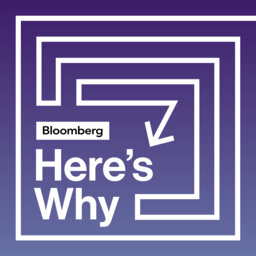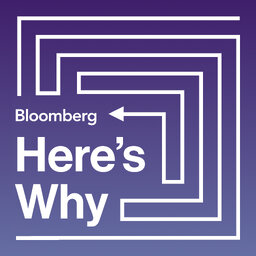Here's Why Trump's Executive Orders Have Limits
Donald Trump has started his Presidency by signing dozens of executive orders, taking action in areas from energy, to immigration, to withdrawing the United States from the World Health Organization and the Paris climate accord. How powerful are these instruments, and how can they be challenged? Bloomberg White House reporter Hadriana Lowenkron joins host Stephen Carroll to explain.
 Here's Why
Here's Why


